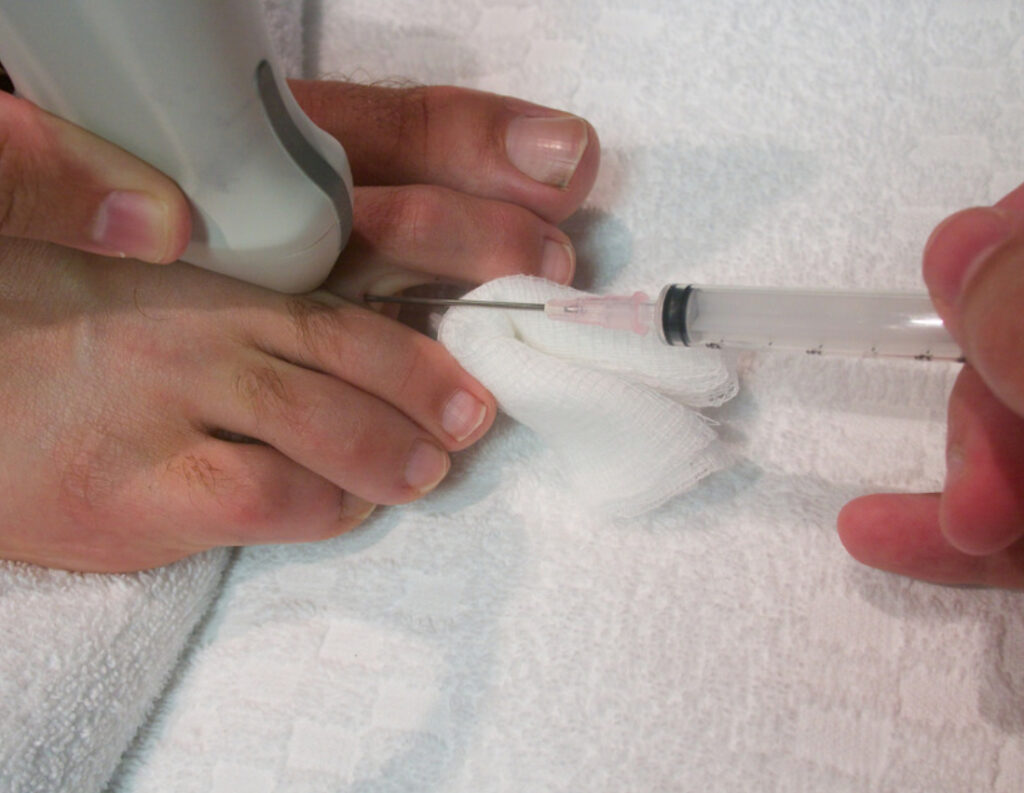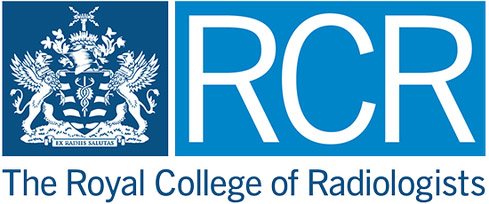Morton’s neuroma is a painful condition affecting the ball of the foot, commonly between the third and fourth toes. It involves the thickening of tissue around one of the nerves leading to your toes, causing sharp, burning pain and discomfort. People often describe the sensation as feeling like standing on a pebble or having a fold in the sock.

Causes and Risk Factors
The exact cause of Morton’s Neuroma is not completely understood, but it is often associated with repetitive stress and irritation to the nerve. Several factors can increase the risk of developing this condition:
- Footwear: High-heeled or tight shoes that compress the toes can contribute to nerve irritation.
- Foot Structure: People with certain foot shapes, such as flat feet, high arches, or bunions, are more prone to developing Morton’s neuroma.
- Activities: High-impact sports, such as running or court sports that put pressure on the ball of the foot, can lead to this condition.
- Other Conditions: Conditions like hammertoes or bursitis can increase the risk.

Symptoms
The primary symptom of Morton’s Neuroma is pain in the ball of the foot, often radiating to the toes. Additional symptoms include:
- Tingling or numbness in the toes
- A burning sensation
- Swelling between the toes
- Feeling like there is something inside the ball of the foot
Symptoms may worsen with activity or tight shoes and improve with rest and shoe removal.
Diagnosis
One of our experienced and consultants can diagnose Morton’s Neuroma through a physical examination and by discussing your symptoms. Imaging tests, such as X-rays, ultrasound, or MRI, may be used to rule out other conditions.
Treatment Options
Treatment for Morton’s Neuroma focuses on relieving pain and reducing pressure on the affected nerve. Conservative treatments include:
- Footwear Changes: Wearing shoes with a wider toe box and low heels can alleviate pressure.
- Orthotics: Custom shoe inserts can provide support and reduce stress on the nerve.
- Medications: Anti-inflammatory medications or corticosteroid injections can help reduce pain and inflammation.
- Physical Therapy: Stretching and strengthening exercises can improve foot mechanics.
- Cryosurgery: This involves the use of a cryoprobe which at its tip forms a 6-8mm ice ball that reaches temperatures as low as -67°C. The cryoprobe tip destroys nerve tissue by causing extensive vascular damage to the nerve sheath capillaries. This then causes demyelination (breakdown of the myelin sheath) and degeneration of the axon. At Enigma Healthcare, our podiatrist, Andrew Williams, uses an IceSeed cryoprobe which is the smallest available and therefore the least invasive.


In severe cases, where conservative treatments fail, surgical options may be considered to remove the thickened nerve tissue or release surrounding structures.
Conclusion
Morton’s Neuroma can significantly impact your quality of life, but with proper treatment and lifestyle adjustments, symptoms can be managed effectively. If you experience persistent foot pain, book a consultation for an accurate diagnosis and tailored treatment plan. Early intervention can help you return to your daily activities with less discomfort.














